What is crypto lending?
Since lending and borrowing are foundational activities of any financial system, its inaccessibility to many people who could use it most is tragic. Indeed, there has been much work in the past 20 to 30 years on increasing access to funds in developing economies. One has only to look to micro-loans or web2 peer-to-peer lending to see progress. DeFi will advance microfinance lending and borrowing even further, while also making improvements in traditional finance.
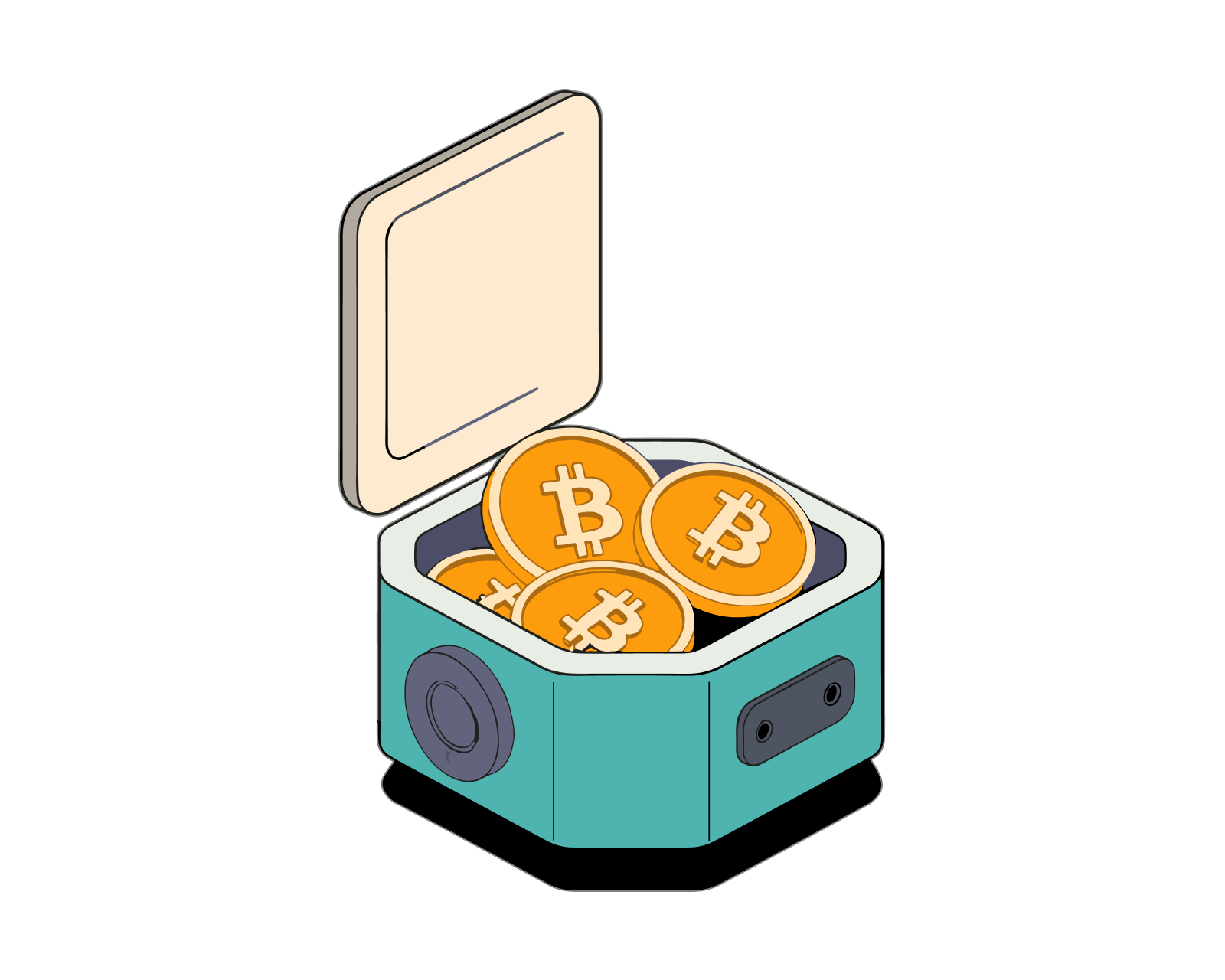
Table of Contents
The Importance of Lending and Borrowing
At first blush, it might seem that lending and borrowing are non-essential, esoteric financial tools. However, in developing countries, people are constantly engaging in both. Depositing money into a bank is legally lending the bank your money. The bank borrows your deposit from you, then it loans out that money for all sorts of activities. Mortgages, auto loans, and college loans are common forms of lending banks engage in. They are also common forms of borrowing that a large portion of people in developing countries partake in. Credit cards are uncollateralized lending instruments that most people have.
Lending and borrowing is also pervasive in the non-retail space. People borrow money to start small and medium businesses. Businesses of all sizes borrow money to expand their business: pay for new facilities, new hires, or future materials. Large corporations and governments have active bond markets, where they borrow money by issuing bonds. When lending and borrowing tightens, liquidity dries up and bad things happen.
Read more: What is liquidity?
How Legacy Lending and Borrowing is Incomplete
Lending and borrowing in legacy finance has worked well especially at large loan amounts and with the appropriate underlying infrastructure. Outside of those conditions, lending and borrowing has obvious deficiencies.
The rise of microfinance and peer-to-peer lending points out weaknesses in traditional lending and borrowing products. It’s especially bad in emerging markets. Lending is only really accessible to people with developed financial infrastructure, so let’s talk about borrowing.
In countries with poor identification infrastructure, KYC/AML requirements block applicants from even applying - or compliance prevents them from what are deemed as too-risky loans. Even if they qualify, traditional lending institutions have minimum loan amounts that are too high for most people.
Borrowing from centralized legacy institutions comes with high fees. There are no competitors, so banks and other lending institutions have quasi-monopolistic control over charging arbitrary high fees for their “services."
Finally, lenders and borrowers do not have custody of their funds as long as they are held by the borrow/lend institution. If the institution becomes insolvent or unlawful, client funds are at risk of being lost.
How DeFi Improves Lending and Borrowing
DeFi lending and borrowing innovates on the problems articulated in the previous section. It offers more efficiency, access, and transparency. DeFi lending and borrowing platforms allow anyone anywhere in the world with internet access, the ability to lend and borrow.
Microfinance and P2P loans are easily replicable with DeFi tools. In fact, it seems possible that many existing microfinance and P2P businesses will be attracted to DeFi’s benefits and migrate from legacy finance rails to DeFi rails. Borrow amounts can be as granular as the borrower needs. For example, microloans have lower minimums than traditional loans, but still often have $50 or $100 USD minimums.
DeFi protocols have significantly lower minimum fees than their legacy finance counterparts. For relatively wealthy people these fees are not that cumbersome, but they can take up an outsized percentage of the funds when the size is small.
DeFi lending is a very large improvement for developing countries, since it simply isn’t available unless you have bank access and a minimum amount of money to lend. Also, DeFi gives people with highly inflationary local currencies access to save their purchasing power in stablecoins which are usually pegged to the US dollar.
Finally, retaining full custody of your funds reduces the risk practically to zero that the third party holding your funds will mismanage your assets.
Centralized Crypto Lending and Borrowing
Not all crypto-based lending and borrowing products are decentralized. Many popular products are centralized companies that accept cryptoassets as deposits or collateral and lend out their customers funds just like legacy financial institutions. These companies suffer from all of the risks legacy finance lending and borrowing products.
Remember, only DeFi protocols are truly self-custodial. Unfortunately, many people learned this lesson the hard way in 2022 when a slew of these centralized crypto lending and borrowing businesses become insolvent.
How does DeFi lending and borrowing work?
DeFi lending and borrowing protocols work with cryptoassets and smart contracts. There is no trusted intermediary, or middle-man, that can make opaque decisions. The process is trustless and transparent. So far that has meant that only collateralized loans are possible, since uncollateralized loans require trust between the lender and borrower. Additionally, the only collateral accepted and funds lent out are cryptocurrency-like digital assets such as Bitcoin, Ethereum, and stablecoins. Cryptoassets such as NFTs are beginning to be accepted by some protocols as collateral.
Here’s how lending works:
- Browse the borrow/lend protocol’s list of accepted cryptoassets. Each asset will have an APY.
- Choose the cryptoasset you wish to deposit.
- Deposit the cryptoasset and earn interest on your deposit.
Here’s how borrowing works:
- Browse the borrow/lend protocol’s list of cryptoassets they loan out. Each asset will have an interest rate.
- Choose the cryptoasset you wish to borrow.
- In order to borrow, you must post collateral. Choose a cryptoasset the protocol allows as collateral.
- Deposit your collateral.
- Based on the collateral and the cryptoasset you wish to borrow, you will be able to borrow a maximum amount.
- Borrow the cryptoasset.
- Make sure your collateral does not lose its value or your collateral will be liquidated to cover your loan.
Related guides
Start from here →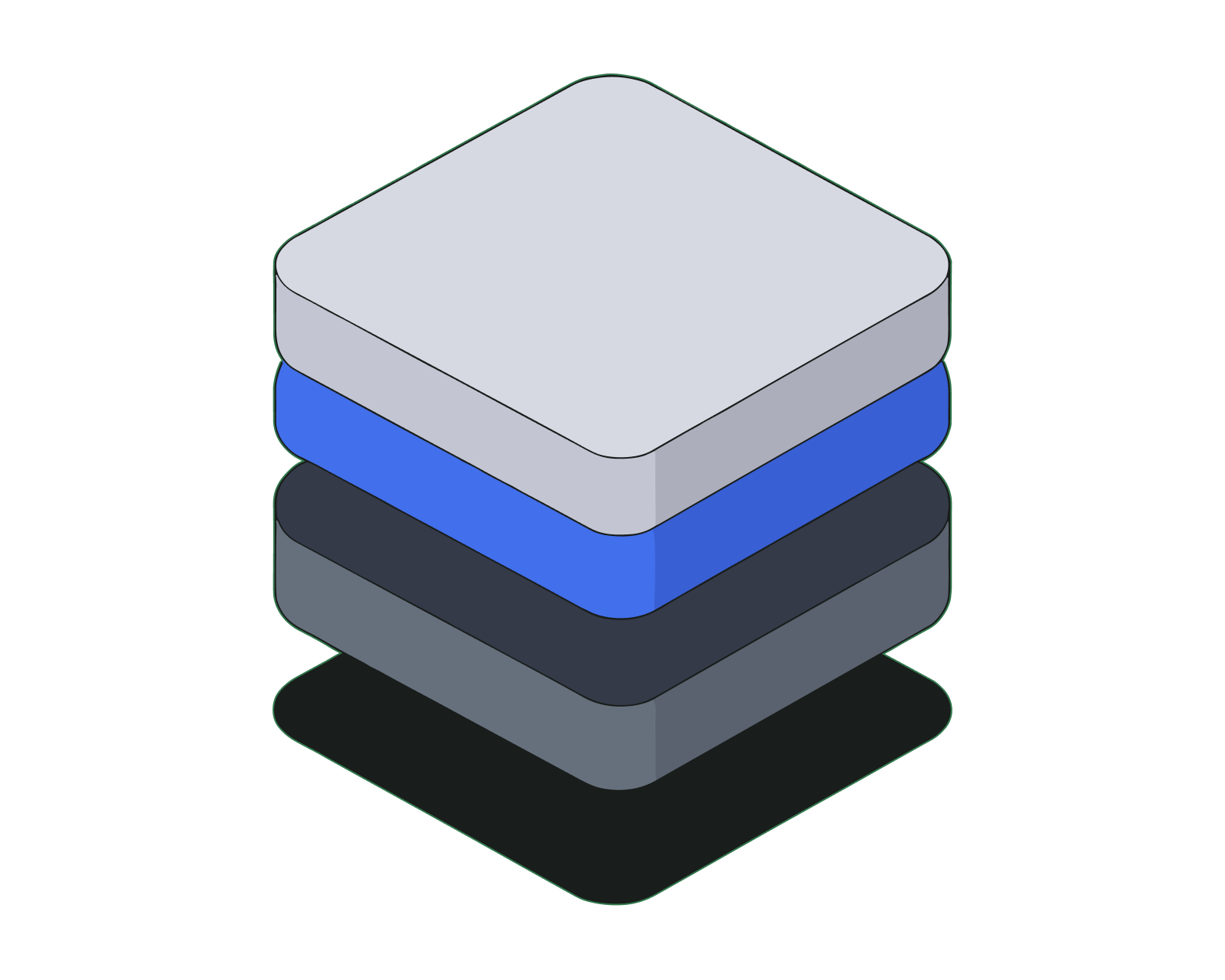
DeFi use cases
Decentralized Finance (DeFi) is bringing access to financial products to everyone. In this article we examine some prominent use cases.
Read this article →
DeFi use cases
Decentralized Finance (DeFi) is bringing access to financial products to everyone. In this article we examine some prominent use cases.

What is DeFi?
Learn what makes decentralized finance (DeFi) apps work and how they compare to traditional financial products.
Read this article →
What is DeFi?
Learn what makes decentralized finance (DeFi) apps work and how they compare to traditional financial products.
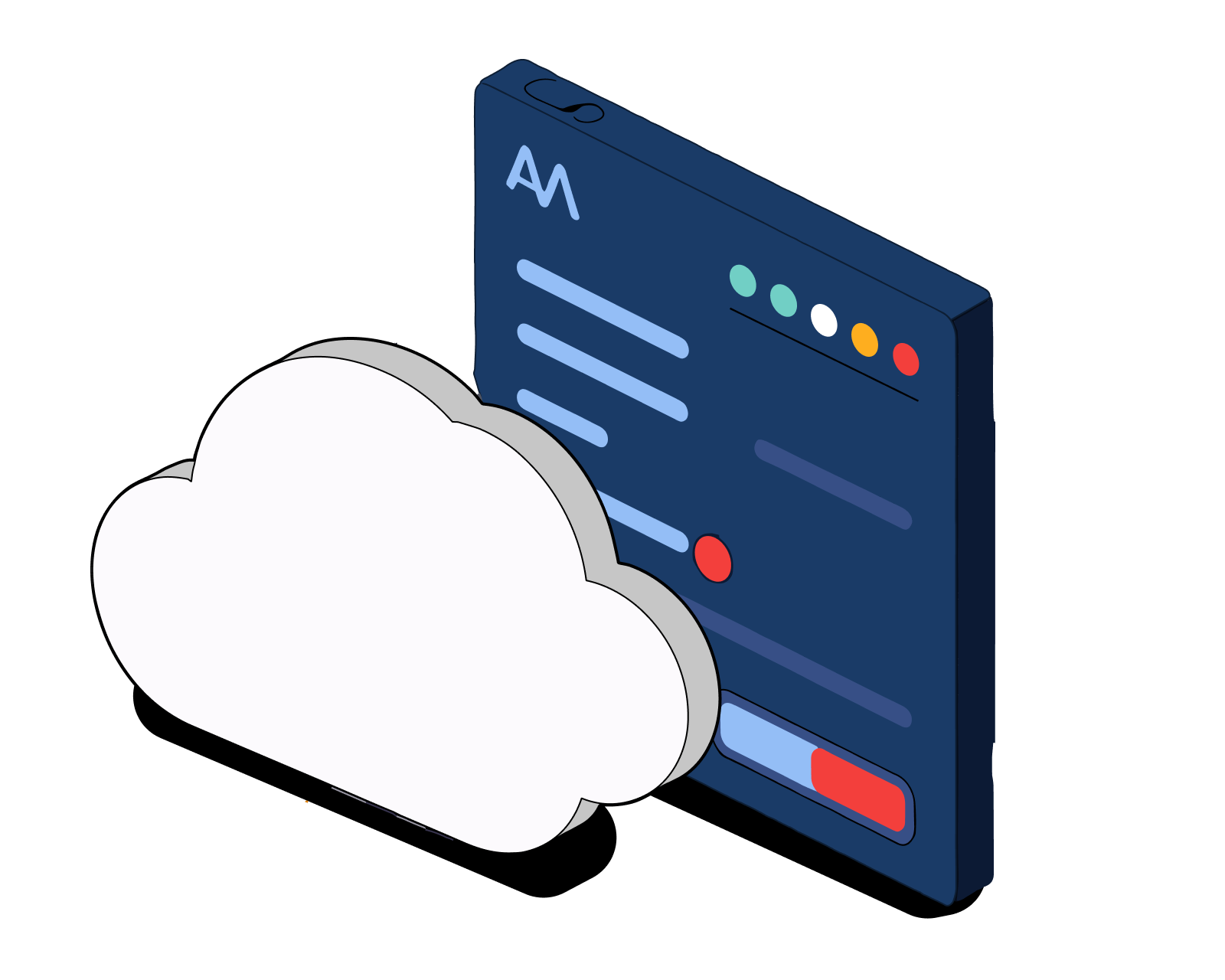
What is APY?
APY stands for annual percentage yield. It is a way to calculate interest earned on an investment that includes the effects of compound interest.
Read this article →
What is APY?
APY stands for annual percentage yield. It is a way to calculate interest earned on an investment that includes the effects of compound interest.
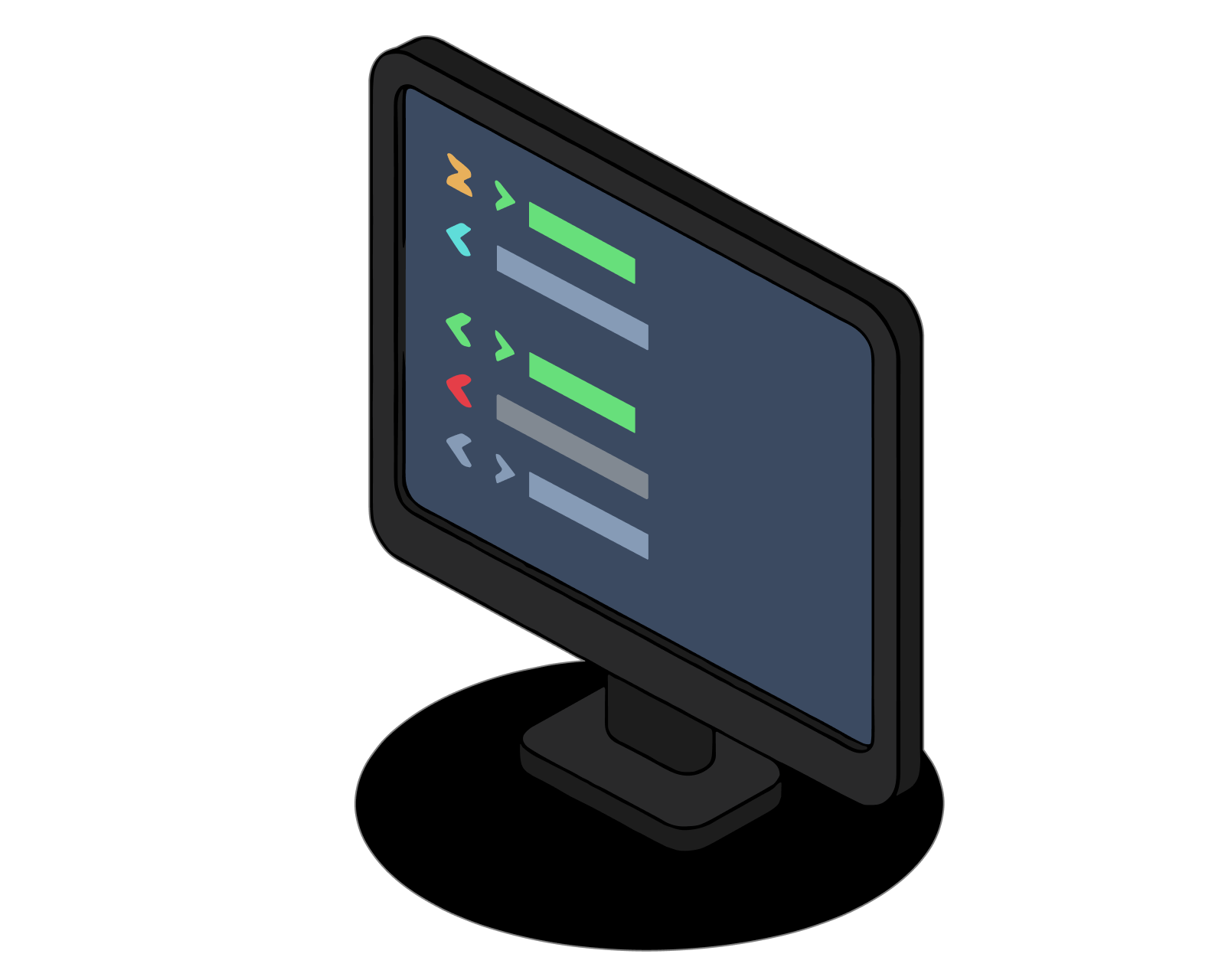
What is a DEX?
A decentralized exchange (DEX) is a type of exchange that specializes in peer-to-peer transactions of cryptocurrencies and digital assets. Unlike centralized exchanges (CEXs), DEXs do not require a trusted third party, or intermediary, to facilitate the exchange of cryptoassets.
Read this article →
What is a DEX?
A decentralized exchange (DEX) is a type of exchange that specializes in peer-to-peer transactions of cryptocurrencies and digital assets. Unlike centralized exchanges (CEXs), DEXs do not require a trusted third party, or intermediary, to facilitate the exchange of cryptoassets.
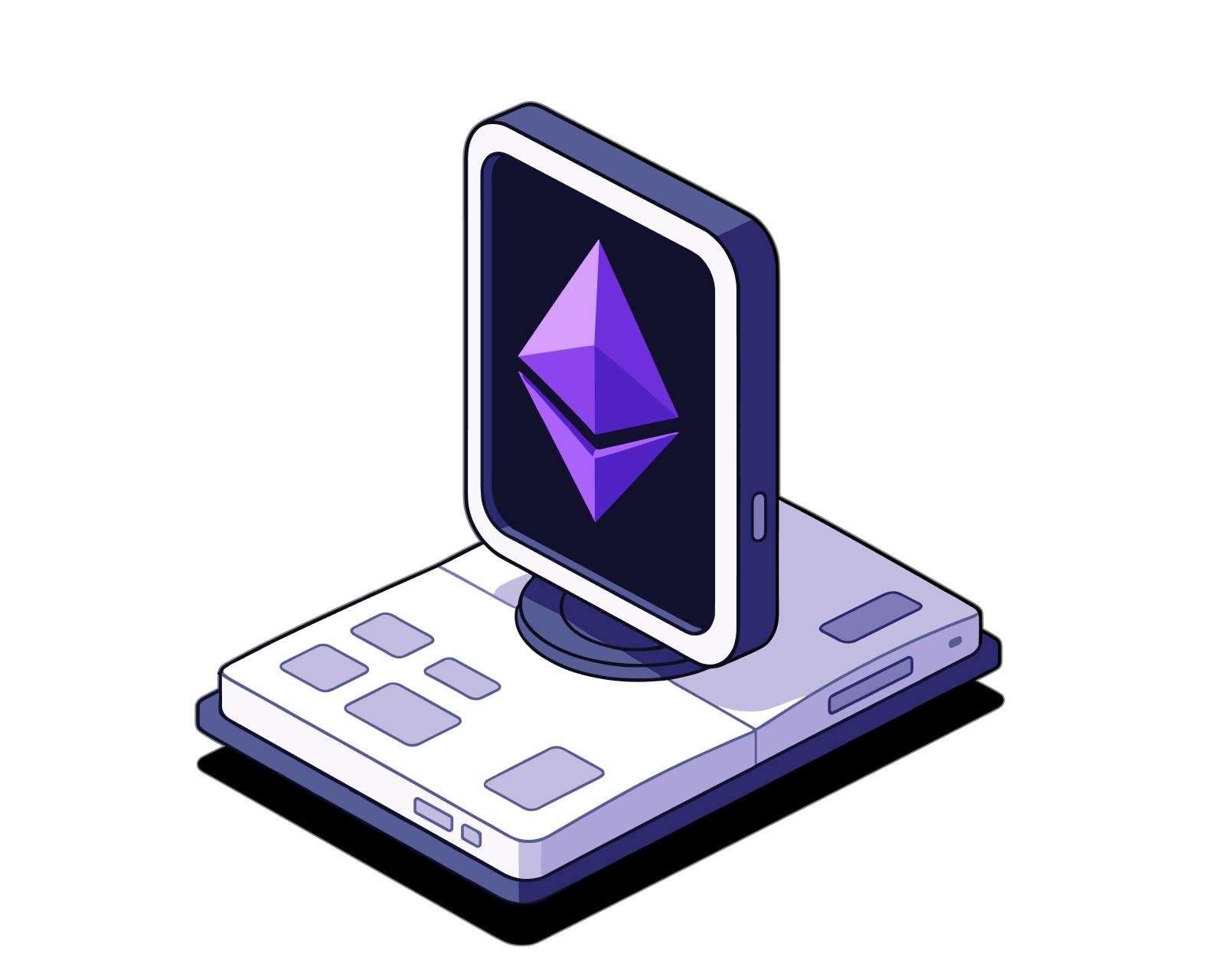
DEX lingo
From AMM to yield farming, learn the key vocabulary you’ll encounter when trading on a DEX.
Read this article →
DEX lingo
From AMM to yield farming, learn the key vocabulary you’ll encounter when trading on a DEX.
STAY AHEAD IN CRYPTO
Stay ahead in crypto with our weekly newsletter delivering the insights that matter most
Weekly crypto news, curated for you
Actionable insights and educational tips
Updates on products fueling economic freedom
No spam. Unsubscribe anytime.



Start investing safely with the Bitcoin.com Wallet
Over wallets created so far
Everything you need to buy, sell, trade, and invest your Bitcoin and cryptocurrency securely

© 2025 Saint Bitts LLC Bitcoin.com. All rights reserved


